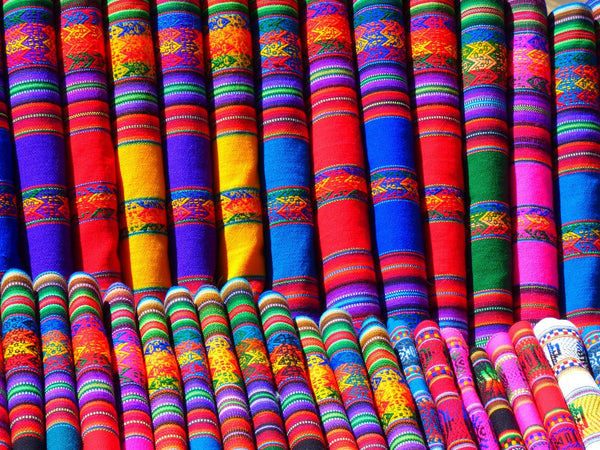Your Cart is Empty
I bought the Seal and go trio and snackpots. They are amazing! The boxes are indestructible in the hands of small people! The snack pots are perfect for storing baby sized portions. Dishwasher safe. They are lightweight in lunch bags. No concerns about breakage like the glass boxes and 'm not worried about plastic toxins. So happy with these and I intend to get some more!
The stainless steel washing up bowl looks great and much easier to keep clean than our previous plastic bowls
The lunchbox was received by one of my daughters to give to the other at her graduation party (Masters Degree in Primary Eduction, University of the Sunshine Coast, Australia) while I'm in the UK. They both thought the box was brilliant.
Really great bundle. The range of sizes is so helpful, they’re dishwasher safe, and the leakproof dressing pots are really leakproof.
































